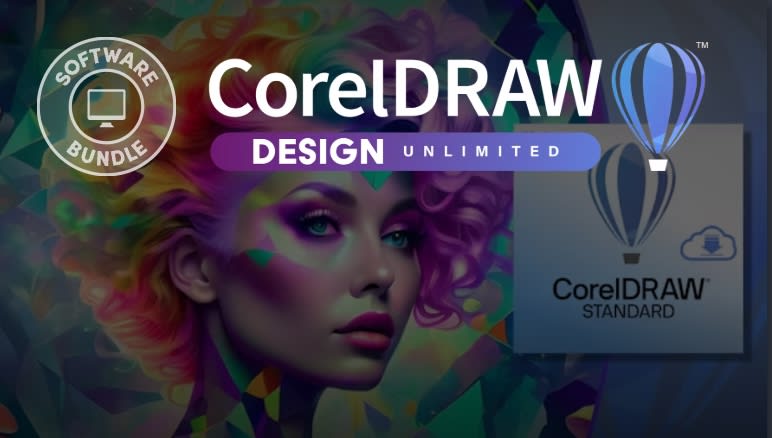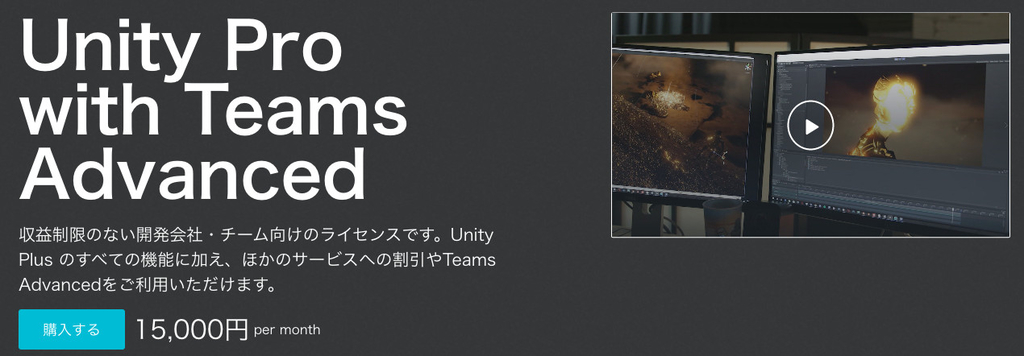
UIDraw is a UI-based drawing system designed to work with the Unity Canvas. It helps you add drawing features directly into your UI.It's a useful tool for projects that need simple drawing applications, signature capture, annotation tools, or basic interactive whiteboards.Helpful for:Drawing and painting appsEducational games with drawingDigital signature captureDocument annotationInteractive whiteboardsChildren's creative gamesMind mapping toolsGame mechanics that use drawingKey Features:Quick Setup: You can get started by adding the component to a RawImage.Multi-Platform: Designed to work on desktop, mobile, and tablet devices.Customizable: Includes an API for developers who need to adjust features or build custom implementations.Documentation: Comes with guides and code examples to help you get started.The system is built to be approachable for beginners while still providing options for more advanced developers.For help, reach out in the Discord!Core Drawing FeaturesPen Brush: Smooth line drawing with adjustable width (1-50px) and full RGBA color supportFill Tool: Intelligent flood fill algorithm for quick area coloringEraser: Clean erasing with customizable width and transparency supportMulti-Level Undo: Configurable undo system with up to 50 steps of historyAdvanced Input SupportMouse Input: Precise desktop drawing with drag detectionTouch Support: Multi-touch ready for mobile and tablet devicesStylus Integration: Full stylus/pen support with pressure detection via Unity Input SystemEvent-Driven Architecture: Clean callback system for custom input handlingUI IntegrationCanvas-Based: Native Unity UI integration with RawImage componentResponsive Design: Automatic scaling across different screen resolutionsEventSystem Compatible: Works seamlessly with Unity's UI event systemMultiple Render Modes: Supports Screen Space Overlay, Camera, and World SpaceCustomization & PerformanceTexture Settings: Configurable resolution (512x512 to 4096x4096)Memory Optimization: Efficient Color32 array handling for smooth performanceMobile Optimized: Tested performance settings for mobile deploymentModular Architecture: Separate systems for brushes, input, and undo functionalityDeveloper ToolsComplete API: 20+ public methods for full programmatic controlRuntime Texture Access: Save/load drawings as PNG filesDebug Mode: Built-in debugging tools for coordinate trackingExample Scripts: Color palette, multi-canvas, and save/load implementationsPlatform SupportUnity Version: 2021.3 LTS or higherAll Platforms: Windows, Mac, Linux, iOS, Android, WebGLScripting Backend: Both Mono and IL2CPP compatible.NET Framework: 4.7.1 support includedEasy Integration2-Minute Setup: Simple component attachment processNo External Dependencies: Uses only Unity built-in packagesClean Namespace: Organized under UIDraw namespaceProduction Ready: Thoroughly tested and optimized codeFeaturesPen Drawing Tool - Smooth line drawing with customizable width and colorFill/Bucket Tool - Intelligent flood fill for quick area coloringEraser Tool - Clean erasing with adjustable sizeMulti-Level Undo - Up to 50 configurable undo stepsMouse Support - Desktop drawing with precise controlTouch Support - Mobile and tablet touch drawingStylus Support - Pressure-sensitive pen inputCanvas Integration - Native Unity UI RawImage componentCustom Colors - Full RGBA color support with transparencyTexture Export - Save drawings as PNG filesRuntime API - Complete programmatic controlMobile Optimized - Performance tuned for mobile devicesSource Code - Full C# source includedCross-Platform - All Unity supported platformsSupported OSWindows (Desktop/Tablet)macOS (Desktop/Touch)Linux (Desktop)iOS (iPhone/iPad)Android (Phone/Tablet)WebGL (Browser)Parts of the content in this package were created with the assistance of AI tools, specifically GitHub Copilot and Claude.Documentation Creation: AI assisted in generating the README.md file, ensuring structured formatting and complete feature coverage.Code Documentation: AI helped produce XML documentation comments throughout the codebase to improve clarity and IntelliSense support.Example Code Generation: AI was used to assist in creating example snippets and integration patterns shown in the documentation.Content Optimization: AI tools were used to refine and edit technical descriptions for clarity and consistency.All AI-assisted content was reviewed, verified, and edited manually before release.







